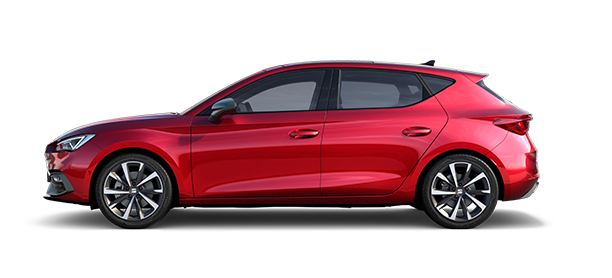They make a very distinctive sound. They are activated 220,000 times over the life of a vehicle, but still the turn signals are often overlooked. For example, according to an Abertis Global Observatory on road safety study in several countries, on average 44% of drivers don’t use them when overtaking and lane changes. Magnolia Paredes, the head of electronic development, lighting and testing at SEAT, points out that “they are an essential signalling element since they warn other road users of our intentions.” Below are five correct ways to use them.
The MSM safety rule (Mirror-Signal-Manoeuvre):
Before the start of any manoeuvre, you must make sure that it can be carried out safely by checking in the mirrors. If this is the case, you must signal your intention sufficiently in advance so that other users can react. However, you should also avoid anticipating too much so as not to confuse other drivers.
Signalling does not give you the right of way:
When changing lanes or turning corners, the turn signals announce upcoming manoeuvres, but under no circumstances do they give the right of way. You must respect other vehicles and not create dangerous situations.
Signal the entire manoeuvre:
Not only must the start of overtaking be indicated, but the turn signal must also be kept on until you return to the starting lane.
When exiting a roundabout:
It should always be used in a roundabout because that is one place where most accidents happen. It is not necessary to signal that you are entering one or that you are going to continue turning, but you must use the turn signal to indicate that you are changing lanes and that you are going to leave the roundabout at the next exit.
Parking and traffic jams are not emergencies:
Many drivers often mistakenly turn on the hazard lights when approaching slow moving traffic. However, if you are going to brake suddenly, you should instead warn other drivers by repeatedly tapping the brake pedal. In addition, the correct way to warn of a stop or of your intention to park is with the indicator on the side where you plan to leave your vehicle.
From turning signal arm to dynamic LED indicator:
Silent film actress Florence Lawrence, widely considered the first ever movie star, invented the turn signal in 1914. She was very fond of motoring, and fixed and improved the cars she bought, for example by connecting a device to the car's rear fender. At the push of a button it would raise or lower a turn signal.
A century later, LED technology has replaced incandescent bulbs “with greater savings and safety, as unlike conventional lights they last the entire life of the car”, explains Magnolia. From an aesthetic point of view, “LEDs and the use of light guides enable full integration of the side indicator lights onto the door mirrors and completely change the front and rear end look.”
A further novelty is the dynamic indicator, consisting of several light segments that progressively light up from the centre towards the outside. The Xcellence and FR finishes of the new SEAT Leon, for example, incorporate turn signals into the exterior rear-view mirrors to increase visibility of the maneuver. Its Full LED features add up to 900 lumens and 11 light-emitting diodes headlights, just as infinite lighting (coast-to-coast) in the rear lights and dynamic turn signals. “The perceived movement gives other drivers a clear indication of which way the vehicle is headed, which makes a significant contribution to road safety”, Magnolia says.








